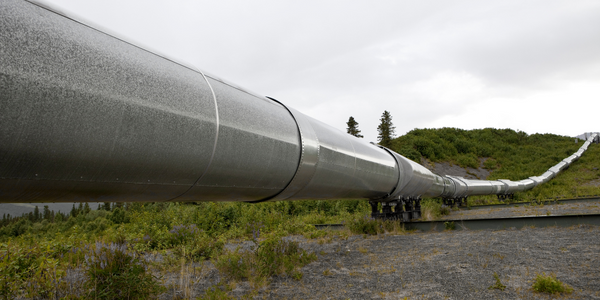Technology Category
- Sensors - Gas Sensors
- Sensors - Utility Meters
Applicable Industries
- Electrical Grids
- Oil & Gas
Applicable Functions
- Warehouse & Inventory Management
Use Cases
- Inventory Management
- Predictive Replenishment
About The Customer
Switched On London is a multi-trades business operating out of southwest and central London. The company provides plumbing, gas & heating, and electrical services to residential and commercial clients. With a team size of over 25, the company is dedicated to effective communication and great customer service. Always looking forward, Switched On London continues to win more business, strives to provide unrivalled service, and aims to grow comfortably with the help of Commusoft's suite of tools.
The Challenge
Switched On London, a multi-trades business providing plumbing, gas & heating, and electrical services in southwest and central London, faced several operational challenges. The company had to manage a large variety of different parts, making inventory organization and facilitating the movement of parts through the business crucial for efficient operations. Additionally, like other field service businesses, they needed a simple and quick invoicing process. The company also sought to improve its daily workflows, particularly in the area of data collection from the field. They needed a solution that would allow them to create custom forms for various purposes, such as damage reports, disclaimers, and customer signatures.
The Solution
Switched On London implemented Commusoft's Customer Journey plan to address these challenges. The plan helped the company organize its daily operations and control warehouse workflows more effectively. It also provided an automated invoicing system, which not only eased the pressure on the team but also facilitated quicker payments. Furthermore, the Customer Journey plan allowed the company to create custom forms for various purposes. These forms became a foundational part of the company's daily workflows, enabling technicians to gather better-quality data directly from the field. The flexibility of the system allowed the creation of any form needed, providing avenues to cover clients or protect the company while completing tasks.
Operational Impact

Case Study missing?
Start adding your own!
Register with your work email and create a new case study profile for your business.
Related Case Studies.

Case Study
Taking Oil and Gas Exploration to the Next Level
DownUnder GeoSolutions (DUG) wanted to increase computing performance by 5 to 10 times to improve seismic processing. The solution must build on current architecture software investments without sacrificing existing software and scale computing without scaling IT infrastructure costs.

Case Study
Remote Wellhead Monitoring
Each wellhead was equipped with various sensors and meters that needed to be monitored and controlled from a central HMI, often miles away from the assets in the field. Redundant solar and wind generators were installed at each wellhead to support the electrical needs of the pumpstations, temperature meters, cameras, and cellular modules. In addition to asset management and remote control capabilities, data logging for remote surveillance and alarm notifications was a key demand from the customer. Terra Ferma’s solution needed to be power efficient, reliable, and capable of supporting high-bandwidth data-feeds. They needed a multi-link cellular connection to a central server that sustained reliable and redundant monitoring and control of flow meters, temperature sensors, power supply, and event-logging; including video and image files. This open-standard network needed to interface with the existing SCADA and proprietary network management software.

Case Study
Refinery Saves Over $700,000 with Smart Wireless
One of the largest petroleum refineries in the world is equipped to refine various types of crude oil and manufacture various grades of fuel from motor gasoline to Aviation Turbine Fuel. Due to wear and tear, eight hydrogen valves in each refinery were leaking, and each cost $1800 per ton of hydrogen vented. The plant also had leakage on nearly 30 flare control hydrocarbon valves. The refinery wanted a continuous, online monitoring system that could catch leaks early, minimize hydrogen and hydrocarbon production losses, and improve safety for maintenance.










